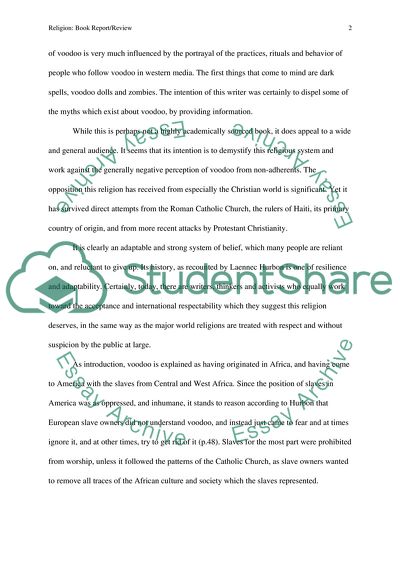Cite this document
(Search for the Spirit by Laennec Hurbon Book Report/Review, n.d.)
Search for the Spirit by Laennec Hurbon Book Report/Review. Retrieved from https://studentshare.org/social-science/1764518-religon
Search for the Spirit by Laennec Hurbon Book Report/Review. Retrieved from https://studentshare.org/social-science/1764518-religon
(Search for the Spirit by Laennec Hurbon Book Report/Review)
Search for the Spirit by Laennec Hurbon Book Report/Review. https://studentshare.org/social-science/1764518-religon.
Search for the Spirit by Laennec Hurbon Book Report/Review. https://studentshare.org/social-science/1764518-religon.
“Search for the Spirit by Laennec Hurbon Book Report/Review”, n.d. https://studentshare.org/social-science/1764518-religon.


